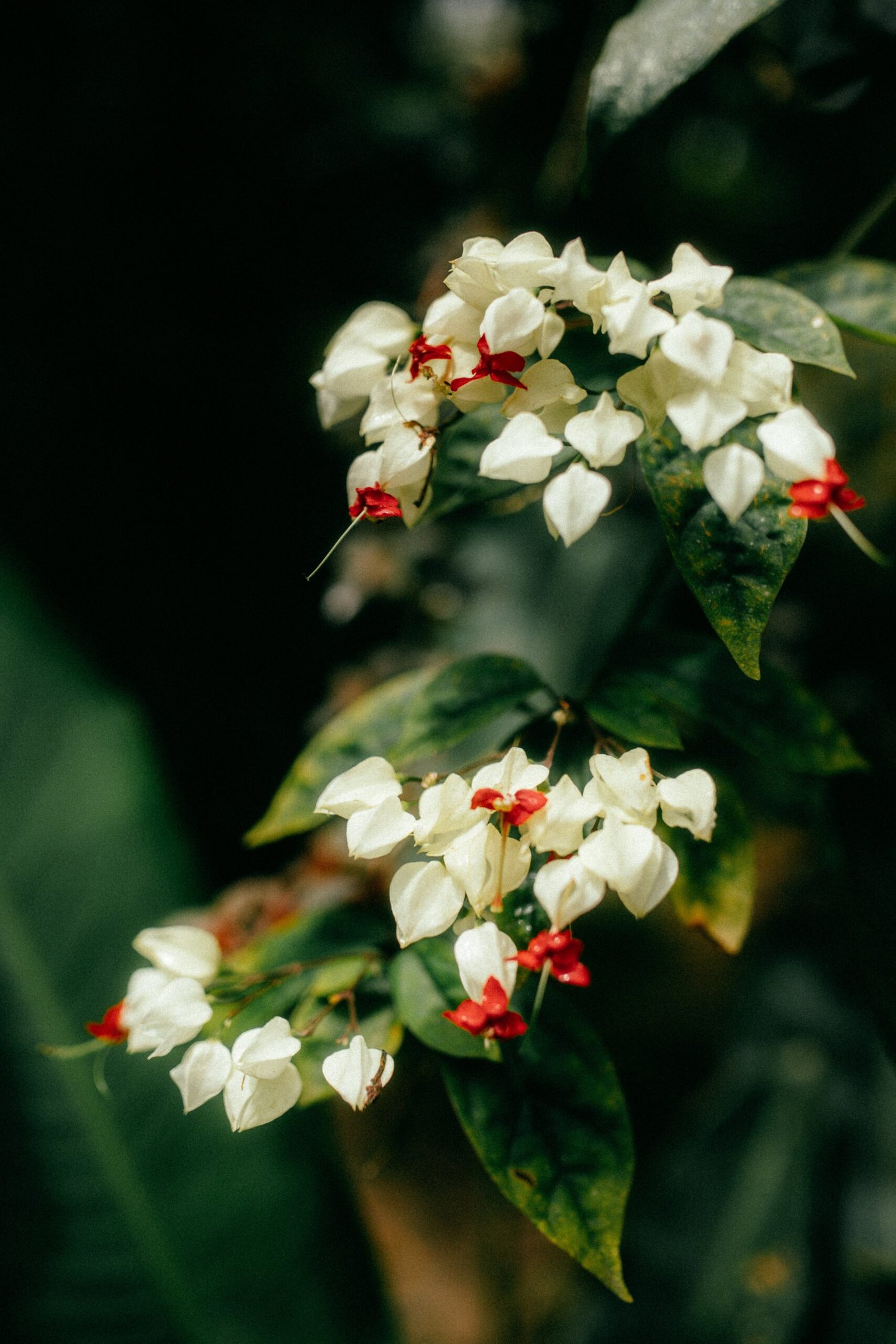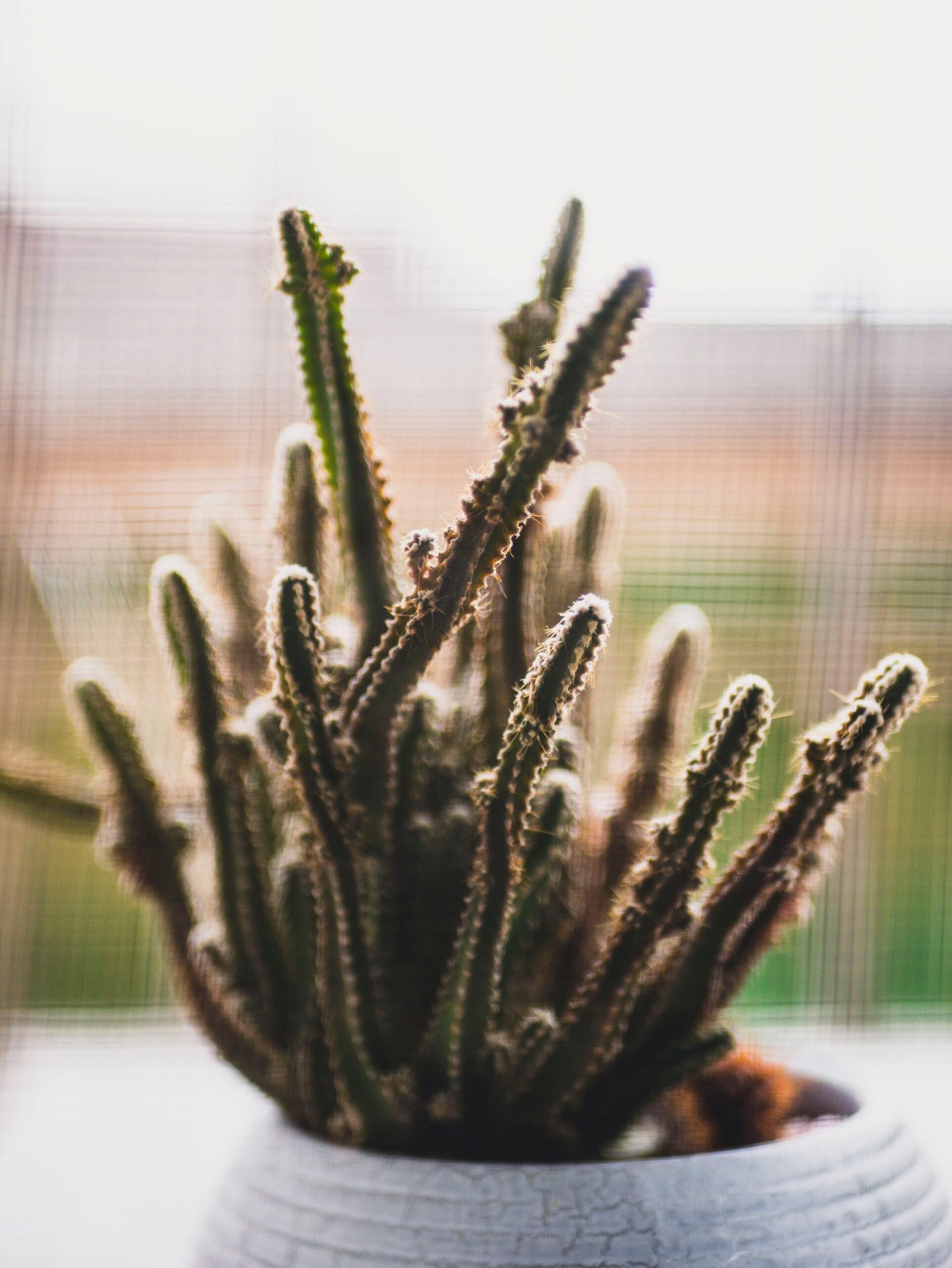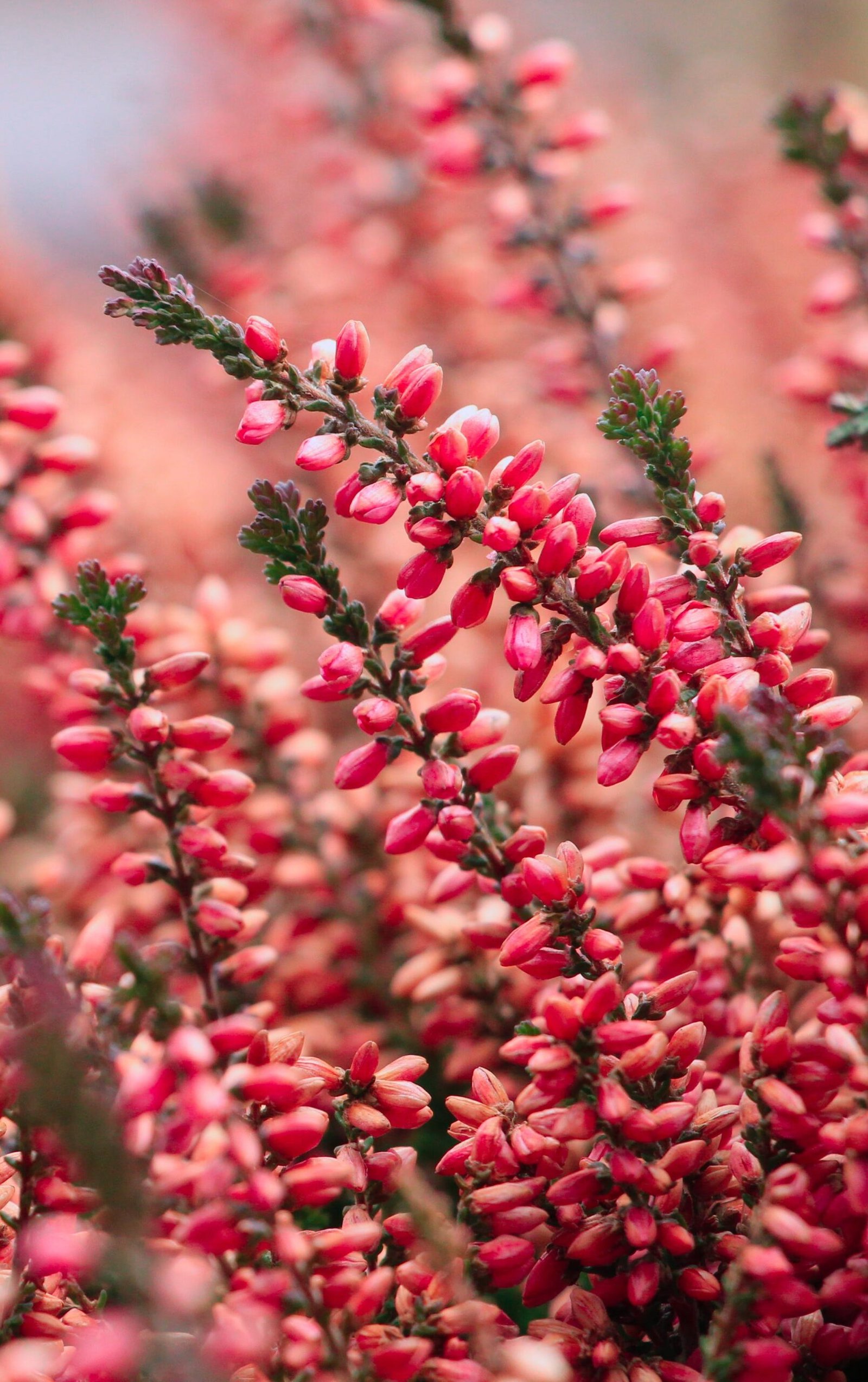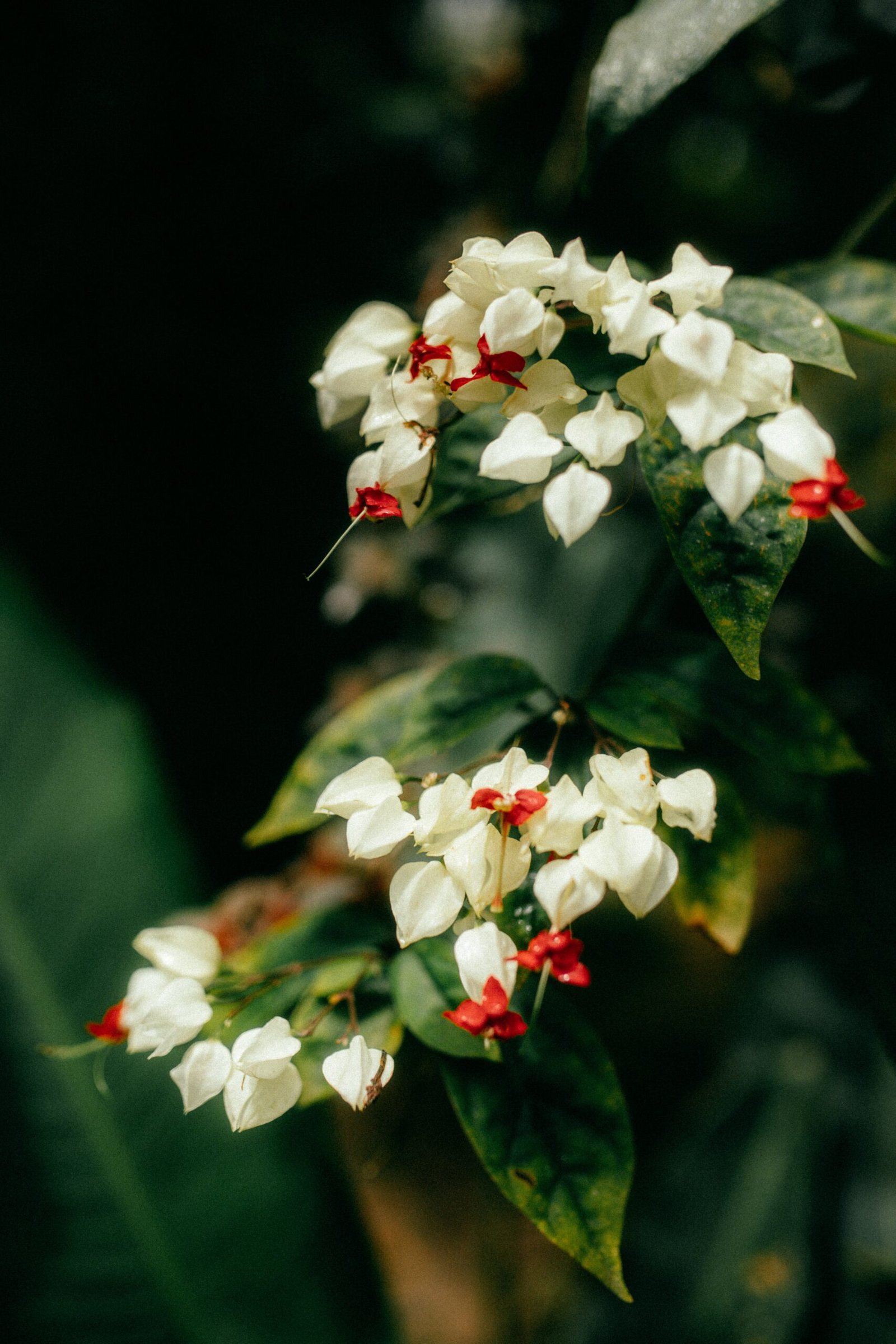
Imagine transforming a bare wall or a dull corner of your space into a vibrant and eye-catching vertical garden. With the rising popularity of succulents, it’s easier than ever to create a stunning vertical succulent garden that adds beauty and greenery to any indoor or outdoor setting. Whether you’re a seasoned gardener or a beginner, this article will guide you through the steps of designing, planting, and maintaining your very own living work of art. From choosing the perfect succulents to arranging them in an appealing pattern, you’ll learn the secrets to creating a vertical succulent garden that will leave your friends and neighbors in awe. Get ready to unleash your inner green thumb and embark on an exciting journey to create a unique and breathtaking garden that is sure to impress.

Materials Needed
To create a stunning vertical succulent garden, you will need several materials. Here is a list of the essential items:
Vertical wall planter
The vertical wall planter serves as the foundation for your succulent garden. There are numerous options available, ranging from hanging wall planters to wall-mounted shelves with individual plant pockets. Choose a style and size that fits your design aesthetic and available space.
Succulent plants
Succulents come in a variety of shapes, colors, and sizes, making them perfect for vertical gardens. Select healthy and varied succulent plants to create visual interest. You can choose from popular varieties such as Echeveria, Sedum, Haworthia, and Crassula.
Potting soil
Using the right potting soil is crucial for the success of your succulent garden. Look for a well-draining soil specifically formulated for succulents and cacti. Avoid garden soil or regular potting soil, as they may retain too much moisture.
Coconut coir or sphagnum moss
Coconut coir or sphagnum moss is used to retain moisture in the soil and provide a stable environment for the succulents’ roots. It is an optional material but can be beneficial, especially in dry climates or for vertical gardens exposed to direct sunlight.
Drill or hammer and nails
Depending on the type of wall planter you choose, you may need a drill or a hammer and nails to secure it to the wall. Follow the manufacturer’s instructions for proper installation.
Watering can or spray bottle
Having a watering can or a spray bottle is essential for providing moisture to your succulent garden. Succulents require infrequent watering, and a watering can with a narrow spout or a spray bottle can help you control the amount of water you apply.
Plywood or backing board (optional)
If you have chosen a wall planter that needs additional support, you may need plywood or a backing board. This will provide stability and prevent the planter from sagging or falling.
Staple gun (optional)
A staple gun can come in handy if you decide to attach the plywood or backing board to the wall planter. It will make the installation process easier and more secure.
Now that you have gathered all the necessary materials, it’s time to move on to choosing the right location for your vertical succulent garden.
Choosing the Right Location
Indoor or outdoor
Decide whether you want your vertical succulent garden to be placed indoors or outdoors. Both options have their own advantages and considerations. Indoor gardens allow you to enjoy your succulents year-round, no matter the weather conditions outside. On the other hand, outdoor gardens harness natural sunlight and fresh air to promote healthy plant growth.
Sunlight availability
Consider the amount of sunlight available in the chosen location. Succulents thrive in bright, indirect sunlight, so ensure that your vertical garden receives at least six hours of sunlight per day if placed outdoors. If placed indoors, choose a spot near a window with bright, filtered light.
Space and accessibility
Evaluate the space and accessibility of the chosen location. Vertical gardens can be placed on any suitable vertical surface, including walls, fences, balcony railings, or even freestanding structures. Ensure that you have enough space to accommodate the size of your chosen vertical planter and that it doesn’t obstruct any walkways or doorways.
Consider weight and structure
Take into account the weight of the vertical planter when choosing a location. Check if the chosen wall or supporting structure can safely bear the weight of the planter, especially when filled with soil and plants. If in doubt, consult a professional or choose a lightweight wall planter option.
Climate conditions
Consider the local climate conditions when selecting the location for your vertical succulent garden. Some succulents are more tolerant of extreme temperatures, while others prefer a more moderate climate. Ensure that the chosen location provides the right conditions for the succulents you have selected.
By carefully considering the location for your vertical succulent garden, you will provide the ideal environment for your plants to thrive. Once you have chosen the location, it’s time to prepare the planter itself.

Preparing the Planter
Select a suitable wall planter
Choose a wall planter that suits your design preferences and meets the functional requirements of your vertical succulent garden. Consider factors such as the number of planting pockets, material durability, and overall aesthetic appeal. The planter should have adequate space for each succulent to grow and even allow for future growth.
Ensure proper drainage
Proper drainage is crucial for the health of your succulents. Ensure that the chosen wall planter has drainage holes to allow excess water to escape. If the planter does not have built-in drainage, you can either drill holes in the bottom or use a layer of small pebbles to create a reservoir for excess water.
Attach plywood or backing board (optional)
If your chosen wall planter requires additional support, consider attaching plywood or a backing board to provide stability. Measure the dimensions of the planter and cut the plywood or backing board accordingly. Secure it to the planter using screws or a staple gun. This step is particularly important for large or heavy planters.
Create a water reservoir (optional)
To help retain moisture in your vertical garden, you can create a water reservoir at the base of the planter. Line the bottom of the planter with sphagnum moss or coconut coir, which will absorb and hold onto water for the plants to use when needed. This step is especially useful in arid climates or for planters exposed to direct sunlight.
With your planter prepared, it’s time to choose and prepare your succulent plants.
Choosing and Preparing Succulents
Select healthy and varied succulent plants
When selecting succulent plants for your vertical garden, choose plants that are healthy, vibrant, and varied in color and shape. Consider plants with different textures, sizes, and growth habits to create visual interest. Inspect the plants for signs of pests or disease and avoid any that appear unhealthy.
Remove excess soil and clean roots
Before planting your succulents, gently remove excess soil from their roots. This allows for better visibility of the roots and makes it easier to plant them in the wall planter. Use a soft brush or your fingers to gently loosen the soil without damaging the roots.
Allow plants to acclimate
Succulents need time to acclimate to their new environment before planting. Place the succulents in a shaded area for a few days, gradually introducing them to more light. This process helps the plants adjust to the different light levels and minimizes the risk of sunburn or transplant shock.
Trim or propagate larger plants (optional)
If you have chosen larger succulent plants, consider trimming them back or propagating them before planting. Trimming encourages new growth and allows you to shape the succulents to fit your design aesthetic. Propagating larger plants will give you additional plants to fill your vertical garden or create new succulent arrangements.
Now that your succulents are prepared, it’s time to start planting them in the vertical planter.

Planting your Succulents
Fill planter with potting soil or growing medium
Fill the wall planter with well-draining potting soil or a specialized succulent mix. Gently pat down the soil to remove any air pockets and create a level surface for your succulents. Avoid compacting the soil too tightly, as this can impede drainage.
Prepare coir or moss for soil retention
If you have chosen to use coconut coir or sphagnum moss for added moisture retention, soak it in water until fully hydrated. Squeeze out any excess water, leaving the coir or moss slightly damp. Place the material on top of the soil, covering it completely or in specific areas where additional moisture is desired.
Arrange succulents based on design preference
Before planting, lay out your succulents on top of the soil to visualize the desired arrangement. Experiment with different combinations of colors, textures, and sizes to create a visually appealing design. Rearrange the plants until you are satisfied with the overall layout.
Plant securely and ensure good soil contact
Once you have finalized the arrangement, it’s time to plant your succulents. Dig small holes in the soil for each plant, making sure they are deep enough to accommodate the root system. Place the succulents in the holes, ensuring good soil contact around the roots. Gently press the soil around the plants to secure them in place.
Now that your succulents are planted, it’s time to focus on designing and arranging the vertical garden.
Designing and Arranging
Consider color, texture, and size variation
When designing your vertical succulent garden, consider the color, texture, and size variation of the succulent plants. Choose plants with different shades of green, hues of purple, or pops of vibrant colors to create visual interest. Incorporate succulents with various leaf shapes and textures, such as smooth, spiky, or fuzzy to add depth to your design.
Create a focal point or central design
To create a visually appealing vertical garden, consider incorporating a focal point or a central design. Select a larger or more eye-catching succulent as the centerpiece and arrange the other plants around it. This creates a focal point that draws the viewer’s attention and adds an element of interest to the overall design.
Group plants with similar water needs
Grouping succulents with similar water needs together ensures that they receive the appropriate moisture levels. Some succulents require more frequent watering, while others are more drought-tolerant. By clustering plants with similar water requirements, you can easily tailor your watering routine and prevent over or under-watering.
Add trailing or cascading succulents
Including trailing or cascading succulents in your vertical garden adds an element of movement and creates a visually pleasing cascade of plants. These trailing succulents can spill over the edges of the planter, softening the overall look and adding a sense of whimsy. Popular trailing succulents include Sedum morganianum (Burro’s Tail) and Senecio rowleyanus (String of Pearls).
Create a balanced and visually appealing layout
Aim for a balanced layout by distributing the succulent plants evenly throughout the vertical garden. Consider the visual weight and height of each plant and make adjustments as needed. Step back and evaluate the overall composition, ensuring that it is visually appealing from all angles.
With the design and arrangement complete, it’s important to understand how to properly care for your vertical succulent garden.
Watering and Maintenance
Avoid overwatering
One of the most common mistakes when caring for succulents is overwatering. Succulents are adapted to survive in dry conditions and store water in their leaves and stems. Therefore, they are susceptible to root rot if subjected to excessive moisture. Water your succulents sparingly, allowing the soil to dry out between watering sessions.
Establish a watering schedule
Establishing a watering schedule can help you avoid over or under-watering your succulents. As a general rule of thumb, water your vertical succulent garden thoroughly and then wait until the soil is completely dry before watering again. The frequency of watering will depend on various factors, such as climate, season, and the specific needs of the succulent species you have chosen.
Monitor soil moisture levels
Regularly monitor the moisture levels of the soil in your vertical succulent garden. Stick your finger about an inch into the soil to check for dryness. If the soil feels moist, hold off on watering. If it feels dry, it’s time to water your succulents. Using a moisture meter can also help you gauge the moisture content accurately.
Maintain proper drainage
Proper drainage is crucial for the health of succulents. Ensure that the wall planter has adequate drainage holes and that excess water can freely escape. If you notice water pooling in the bottom of the planter, adjust the watering frequency or consider enhancing the drainage by adding more drainage holes.
Inspect and respond to plant health
Regularly inspect your succulent plants for signs of pests, disease, or other issues. Look for pests such as mealybugs, aphids, or spider mites, as well as signs of fungal infections or rot. If you notice any problems, promptly address them by using appropriate treatments or removing affected plants to prevent further spread.
Now that you know how to care for your vertical succulent garden, let’s explore some additional tips specific to indoor and outdoor environments.
Indoor Vertical Succulent Garden Tips
Choose suitable indoor succulent varieties
When creating an indoor vertical succulent garden, selecting suitable varieties is crucial. Opt for succulents that are better suited to indoor environments, such as Haworthia, Aloe vera, Crassula ovata (Jade Plant), or Zebra Plant (Haworthiopsis attenuata). These plants can thrive in lower light conditions and tolerate drier indoor air.
Ensure adequate lighting and temperature
Indoor succulents need bright, indirect light to thrive. Place your vertical garden near a window that receives ample natural light throughout the day. If the lighting conditions are insufficient, consider supplementing with grow lights. Additionally, maintain a temperature range of 60-80°F (15-26°C) for optimal growth.
Indoor humidity considerations
Indoor environments tend to have lower humidity levels compared to outdoor settings. Mist your succulents occasionally or use a humidifier to increase the humidity around the plants. This will help prevent dryness and keep the succulents healthy and vibrant.
Regularly dust and clean plants
Indoor succulents can accumulate dust and dirt on their leaves, which can hinder their ability to photosynthesize. Regularly dust off the leaves using a soft, damp cloth or gently rinse the plants under a fine spray of water. This will keep the foliage clean and free from any debris.
Outdoor Vertical Succulent Garden Tips
Select succulents suited to local climate
When designing an outdoor vertical succulent garden, choose succulent plants that are suited to your local climate. Some succulents are more frost-tolerant, while others thrive in hot and arid conditions. Research the succulent plants native to your region or look for varieties that have proven to be successful in similar climates.
Protect from extreme weather conditions
While succulents are generally hardy, extreme weather conditions can still impact their health. Protect your outdoor vertical succulent garden from excessively high or low temperatures, strong winds, and heavy rainfall. Consider placing the garden in a sheltered area or using protective covers when necessary.
Consider seasonal changes
Take seasonal changes into account when caring for your outdoor vertical succulent garden. Some succulents may go into dormancy during colder months, requiring less water and slower growth. Adjust your watering schedule accordingly and be mindful of any temperature or light fluctuations that may affect the plants.
Monitor pests and diseases
Regularly monitor your outdoor vertical succulent garden for pests and diseases. Outdoor environments may attract various pests, such as snails, slugs, or caterpillars, which can feed on succulent leaves. Inspect the plants and take appropriate measures to control pests, using organic methods whenever possible.
To ensure the success of your vertical succulent garden, it’s important to avoid some common mistakes that can hinder the health and growth of your plants.
Common Mistakes to Avoid
Overwatering or underwatering
Overwatering or underwatering are common mistakes made when caring for succulents. Succulents are drought-tolerant plants that store water in their leaves and stems. Avoid overwatering by allowing the soil to dry out between watering sessions. Equally, ensure you provide enough water to prevent dehydration and shriveling of the plants.
Lack of proper drainage
Proper drainage is essential for the health of succulents. Without adequate drainage, excess water can accumulate in the soil, leading to root rot. Always select a wall planter with drainage holes or create proper drainage by drilling holes if necessary.
Neglecting plant selection and maintenance
Choosing the wrong succulent varieties or neglecting their maintenance can lead to poor growth and health. Ensure you select succulent plants that are suitable for your specific environment and consider their maintenance needs. Regularly inspect and respond to any signs of pests, diseases, or other issues.
Ignoring natural growth tendencies
Different succulent species have varying growth habits and requirements. Some succulents grow tall and upright, while others spread and trail. Consider these natural growth tendencies when designing your vertical garden and provide adequate space and support for each plant.
Misjudging available sunlight
Succulents need bright, indirect sunlight to thrive. Misjudging the available sunlight can lead to either sunburn or limited growth. Observe the light conditions in your chosen location and select succulents that are well-suited to the available sunlight. If needed, provide shade or adjust the placement of your vertical garden accordingly.
By avoiding these common mistakes, you can maintain a healthy and thriving vertical succulent garden that will be the envy of all who see it.
In conclusion, creating a stunning vertical succulent garden requires careful consideration of the materials, location, and care requirements. From choosing the right wall planter and succulents to designing an aesthetically pleasing arrangement, each step is essential for the success of your vertical garden. Remember to pay attention to factors such as sunlight availability, drainage, and watering practices, while also considering the unique needs of indoor and outdoor environments. With proper care and attention, your vertical succulent garden will become a focal point and a beautiful addition to any space.





